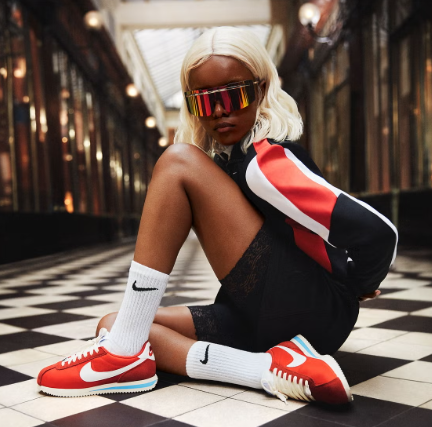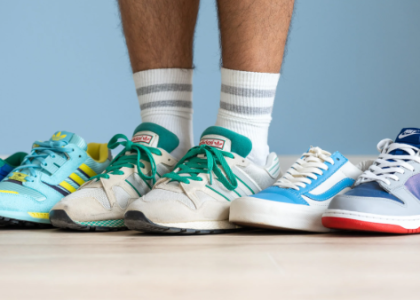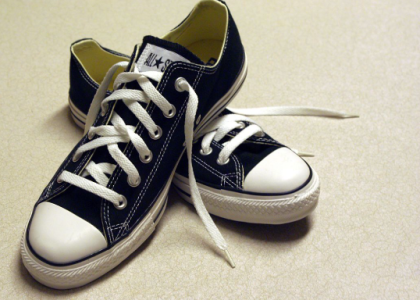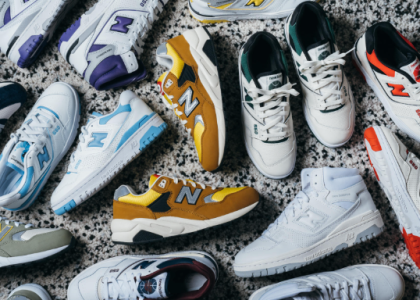In recent years, the world of fashion has witnessed a growing shift toward inclusivity and fluidity, and one of the most exciting developments in this movement is the rise of genderless footwear. No longer confined by traditional notions of masculinity or femininity, shoe designs are increasingly embracing a more neutral and universal approach. This trend is not only challenging established norms but is also reshaping the way we think about personal style, comfort, and identity.
Historically, footwear design has been heavily gendered. Men’s shoes were typically sturdy, formal, and practical, while women’s shoes were often characterized by delicate features, high heels, and ornamental details. But as society has moved toward more inclusive and diverse expressions of gender, the demand for unisex shoes has skyrocketed. Consumers today want shoes that reflect their individual personalities, preferences, and lifestyles, rather than conforming to traditional gender expectations.
One key factor driving the genderless footwear trend is the increasing awareness around gender fluidity and the rejection of rigid binaries. As individuals challenge societal norms around gender, they are also seeking products that do not limit their self-expression. This has paved the way for designers to explore unisex designs that combine functionality, comfort, and aesthetics without adhering to gendered stereotypes.
Innovative brands are at the forefront of this movement, creating shoes that are versatile, inclusive, and stylish. Many of these designs focus on neutral colors, minimalistic styles, and ergonomic features that appeal to a wide range of consumers. For instance, brands like Allbirds and Nike have introduced sneakers that are both comfortable and adaptable, while others like Dr. Martens and Converse have long championed unisex styles, offering footwear that transcends gendered marketing.
The rise of genderless footwear also aligns with a broader push for sustainability in the fashion industry. As consumers become more conscious of the environmental impact of their purchases, many brands are prioritizing durability and longevity over trends, creating shoes that can be worn by anyone, regardless of gender. This shift toward sustainability is not just about making eco-friendly products but also about fostering a more inclusive and mindful approach to fashion.
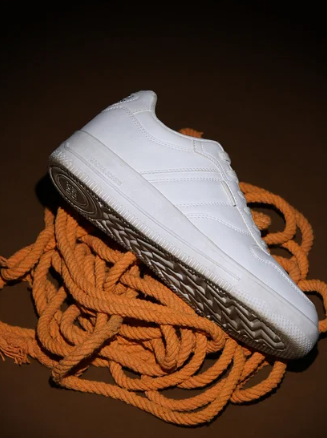
Ultimately, the genderless footwear trend represents a larger cultural movement toward greater freedom and authenticity. By breaking down the barriers of gendered design, this trend is helping to redefine what it means to wear shoes that reflect one’s true self—unconfined by labels and stereotypes. As we look to the future, it’s clear that the boundaries of footwear design will continue to expand, embracing more diverse, creative, and inclusive possibilities.

